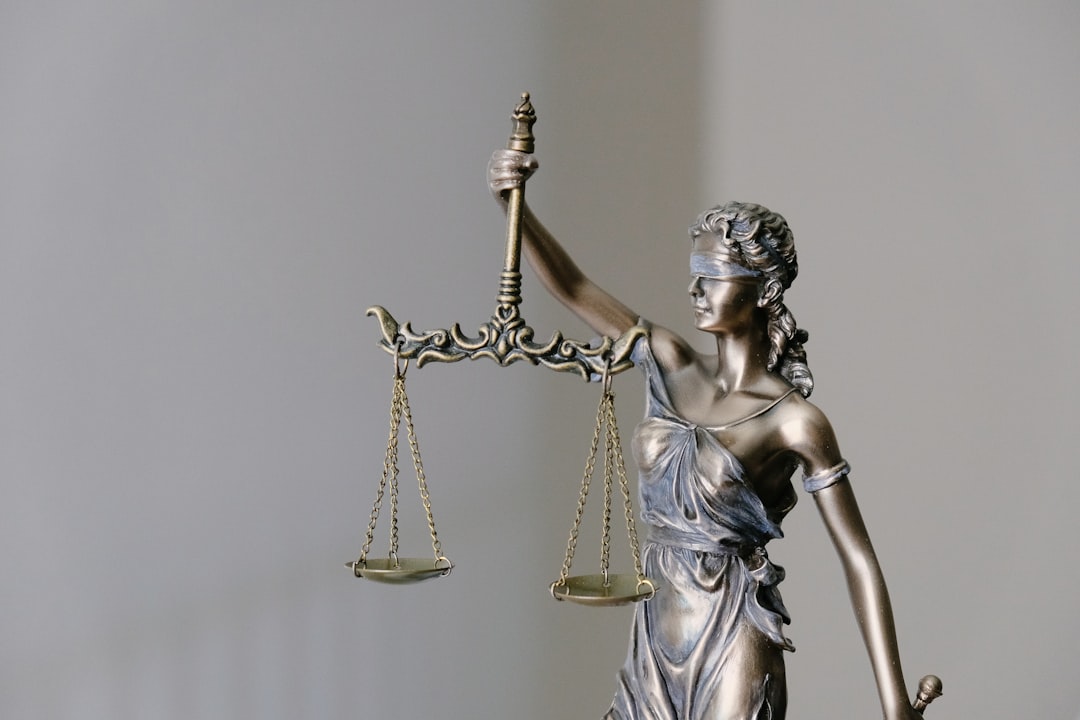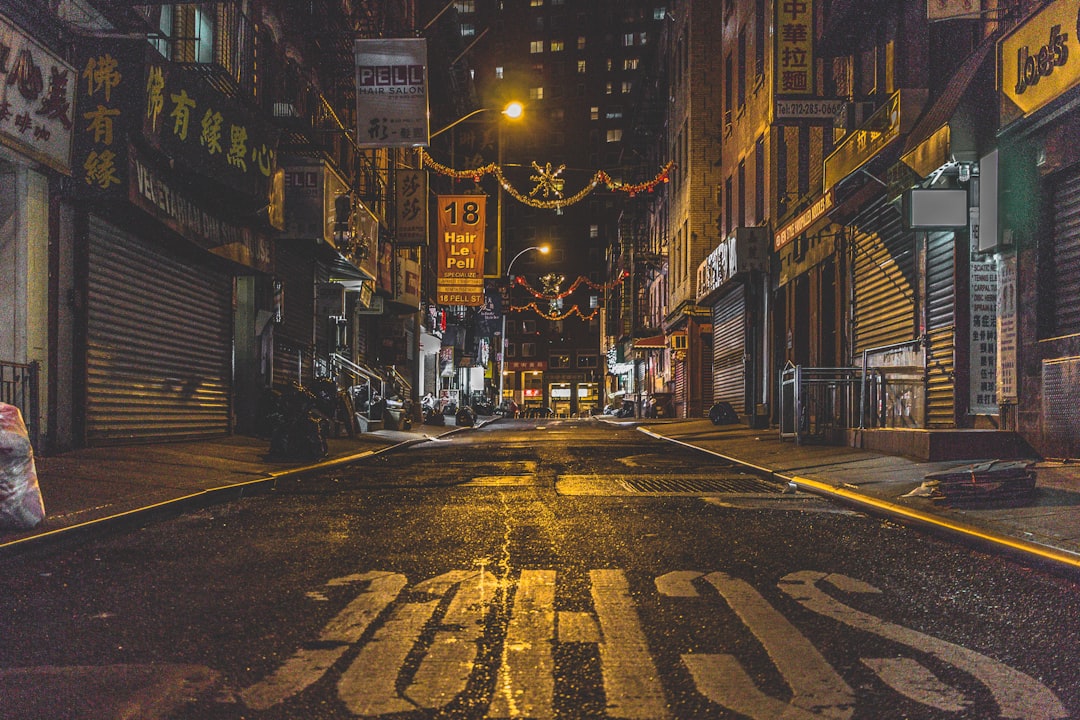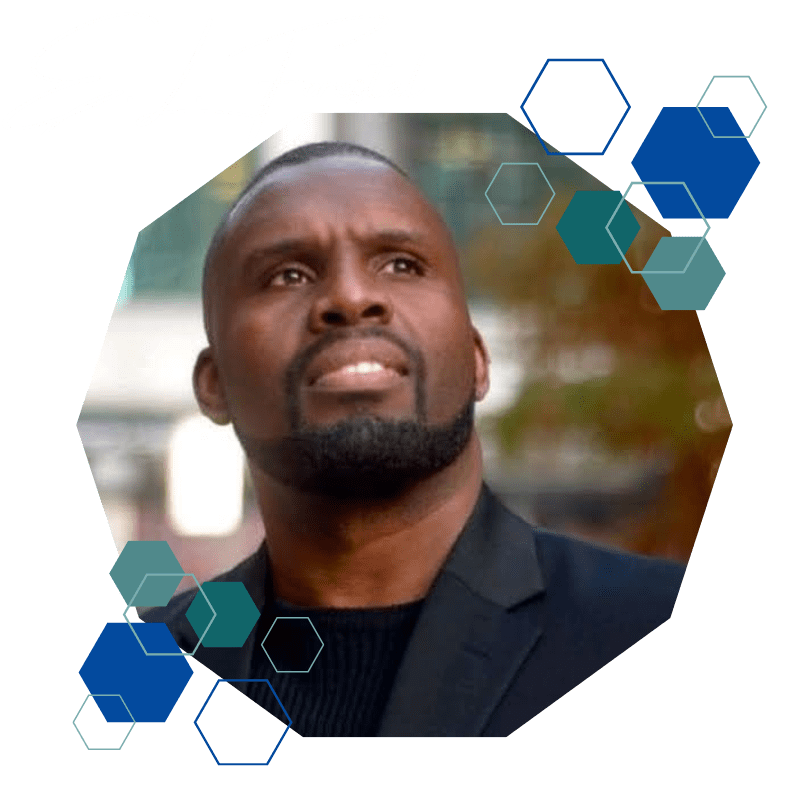In 1999, two teenagers walked into their high school in Colorado and began shooting.
By the time they were done, 13 people were dead and more than 20 others were wounded.
The Columbine shooting massacre was a wake-up call for law enforcement officials all across the country.
In the aftermath of that terrible day, authorities learned a lot about how to deal with mass shootings.
In this article, we will discuss seven things that law enforcement officials learned from the Columbine shooting massacre.
Check Out: Police News: A 24/7 Crime Monitoring Service
Table of Contents
Toggle- What Exactly Happened at Columbine?
- Who were the two shooters of the Columbine high school shooting Massacre?
- Who were the victims of the Columbine Shooting Massacre?
- 7 Lessons That Law Enforcement Learned After the Columbine Shooting:
- 1. The need for speed
- 2. The importance of mental health professionals
- 3. The value of intelligence
- 4. The need for better security
- 5. The importance of training
- 6. The need for better communication
- 7. The importance of after-action reports
- The Two Most Important Lessons Learned
- 1. Response Time is Crucial
- 2. Mental Health Professionals Can Staffel a Mass Shooting Attempt
- FAQ About the Columbine High School Mass Shooting
What Exactly Happened at Columbine?
On April 20, 1999, two students at Columbine High School in Littleton, Colorado, opened fire on their classmates and teachers.
The shooters, who were armed with several guns and explosives, killed 13 people and wounded more than 20 others before taking their own lives.
The Columbine shooting was, at the time, the deadliest high school shooting in U.S. history.
In the aftermath of the shooting, law enforcement officials began to re-evaluate their procedures for dealing with mass shootings.
Who were the two shooters of the Columbine high school shooting Massacre?
On April 20, 1999, two students at Columbine High School in Colorado opened fire on their classmates, killing thirteen people and wounding more than twenty others before turning their guns on themselves.
The shooters, who were seniors at the school, were identified as Eric Harris and Dylan Klebold.
Harris and Klebold had been planning the attack for over a year, and they had a detailed list of targets that included students, teachers, and administrators whom they felt had wronged them in some way.
In the days leading up to the shooting, Harris, and Klebold bought guns and ammunition from local stores and made several videotapes in which they outlined their plans.
On the morning of the shooting, they placed two bombs in the cafeteria of Columbine High School; however, these bombs failed to detonate.
Armed with guns and knives, Harris and Klebold then entered the school and began their rampage.
After shooting indiscriminately in the hallways and classrooms for several minutes, they eventually made their way to the library, where they continued their shooting spree until they ran out of ammunition.
Harris then committed suicide by shooting himself in the head, while Klebold killed himself with a shotgun blast to the head.
In the aftermath of the shooting, it was revealed that Harris and Klebold had been bullied by their classmates and that they had both been diagnosed with mental illnesses.
Who were the victims of the Columbine Shooting Massacre?
The victims were a diverse group of people, ranging in age from 14 to 18. They included athletes, artists, and students who were loved by their families and friends.
In the aftermath of the shooting, the world was left searching for answers. Why did this happen? How could it have been prevented?
The Columbine shooting remains one of the most devastating school shootings in American history.
The lives of the victims were cut short, and their families and friends continue to grieve this tragic loss.
The victims were identified as being:
- Rachel Scott, 17
- Daniel Rohrbough 15
- Kyle Velasquez, 16
- Cassie Bernall, 17
- Steve Curnow, 14
- Isaiah Shoels, 18
- Matthew Kechter, 16
- Lauren Townsend, 18
- John Tomlin, 16
- Kelly Fleming, 16
- Corey DePooter, 17
- Joel Mineharu, 17
In addition to the thirteen people who were killed outright, twenty-four others were wounded. The Columbine Shooting Massacre was a tragedy that stunned the nation and left a community grieving.
7 Lessons That Law Enforcement Learned After the Columbine Shooting:
Below are seven lessons that law enforcement officials learned from the Columbine shooting:
1. The need for speed
In the aftermath of the Columbine shooting massacre, law enforcement officials quickly realized that they needed to be able to respond to such incidents more quickly.
Prior to Columbine, it could take minutes or even hours for police to arrive on the scene of a mass shooting.
However, by the time they arrived, the shooters had often already fled or been killed. In the case of Columbine, the shooters had plenty of time to carry out their plan and inflict as much damage as possible.
As a result, law enforcement agencies across the country began to focus on speed and efficiency in their response times.
Today, most police departments have special units that are specially trained and equipped to deal with active shooter situations.
These units typically include SWAT teams that can be deployed quickly and are often able to end these situations before they result in mass casualties.
2. The importance of mental health professionals
After the 1999 Columbine shooting massacre, law enforcement officials quickly realized that they needed to be better prepared to deal with active shooter situations.
One of the most important changes that they made was to start working more closely with mental health professionals.
These professionals can help to identify warning signs and provide guidance on how to best respond to someone in crisis.
In many cases, they can also provide critical support to families and loved ones who are struggling to cope with a traumatic event.
As a result of these changes, law enforcement officials are now better equipped to deal with active shooter situations and other forms of mass violence. Mental health professionals play a vital role in ensuring the safety of our communities.
3. The value of intelligence
In the wake of the Columbine shooting massacre, law enforcement officials quickly realized the value of intelligence gathering.
Prior to the attack, local police had received a number of reports about the two shooters, but they did not have enough information to take action.
After the tragedy, police departments across the country began to invest more resources in collecting and sharing intelligence.
By establishing better lines of communication with school officials, students, and community members, they were able to prevent future attacks.
In addition, law enforcement officials began to pay closer attention to warning signs that might indicate a potential shooter.
As a result of these changes, police are now better equipped to prevent mass shootings.
4. The need for better security
As the Columbine shooting massacre tragically demonstrated, law enforcement agencies need to be prepared for the possibility of mass shootings.
In the aftermath of the Columbine shooting, law enforcement agencies across the country reviewed their procedures and made changes designed to improve security and prevent future tragedies.
One of the most important lessons that were learned is the need for better security at schools and other public places.
By beefing up security and making it more difficult for potential shooters to gain access to buildings, law enforcement can help to prevent future mass shootings.
In addition, law enforcement agencies have also been working to develop better protocols for responding to active shooter situations.
By getting trained officers on the scene quickly and neutralizing the threat, law enforcement can help to save lives in the event of a mass shooting.
5. The importance of training
The importance of training is one thing that law enforcement learned after the columbine shooting massacre.
In the aftermath of the tragedy, it was revealed that the officers who responded to the scene had not received proper training on how to handle an active shooter situation.
As a result, they were unprepared for the level of violence they faced and were unable to effectively neutralize the threat.
In the years since, law enforcement agencies have made a concerted effort to improve their training protocols.
Active shooter situations are now treated as high-priority emergencies, and officers are taught to immediately engage and neutralize the threat.
As a result of these changes, law enforcement is better prepared to respond to active shooter situations and protect the public.
6. The need for better communication
In the wake of the Columbine shooting massacre, law enforcement quickly realized the need for better communication.
The incident showed that there was a disconnect between the police and the community, and that this could have deadly consequences.
In the years since Columbine, law enforcement has made an effort to improve communication with the public.
One way they have done this is by establishing community policing initiatives.
These programs encourage officers to build relationships with residents, so that they can better understand their needs and concerns.
In addition, law enforcement has also become more transparent, sharing information about investigations and using social media to reach out to the public.
As a result of these changes, law enforcement has been able to build trust with the community and improve communication.
7. The importance of after-action reports
In the aftermath of Columbine, it was realized that after-action reports could be valuable in helping to improve the response to future mass shootings.
An after-action report is a document that is used to debrief law enforcement personnel after a critical incident.
It includes an analysis of what went well and what could have been done better.
After-action reports can be used to improve training and procedures so that similar incidents can be prevented in the future.
The columbine shooting showed the importance of after-action reports in identifying problems and potential improvements in law enforcement response.
The Two Most Important Lessons Learned
The Columbine shooting massacre was a tragedy that shook the nation.
In the aftermath of the incident, law enforcement agencies across the country reviewed their procedures and made changes designed to improve security and prevent future tragedies.
Two of the most important lessons that were learned from Columbine are the response time to an active shooter and mental health awareness.
Both of these lessons are essential in preventing future mass shootings.
1. Response Time is Crucial
In the aftermath of the Columbine shooting, law enforcement officials began to re-evaluate their procedures for dealing with mass shootings.
One of the biggest changes that occurred was in the way that law enforcement officials responded to active shooter situations.
Previously, law enforcement officers would wait for backup to arrive before entering a building where an active shooter was present.
However, after Columbine, it was realized that this approach could result in unnecessary delays and even more casualties.
As a result, law enforcement agencies began to train their officers to immediately enter buildings and neutralize the threat as quickly as possible.
2. Mental Health Professionals Can Staffel a Mass Shooting Attempt
Another change that occurred was in the way that mental health professionals were utilized in active shooter situations.
In the past, mental health professionals would typically only be called in after a shooting had occurred in order to provide counseling services to the victims and their families.
However, after Columbine, it was realized that mental health professionals could play a valuable role in prevention by identifying potential shooters before they carried out an attack.
As a result, many law enforcement agencies began working more closely with mental health professionals in order to identify and assess potential threats.
In the years since the Columbine shooting, there have been other mass shootings in the United States.
FAQ About the Columbine High School Mass Shooting
Below are some questions that people frequently ask about the Columbine High School mass shooting, as well as answers from law enforcement officials.
Q: How did the shooters get their guns?
A: The two shooters, Dylan Klebold and Eric Harris, both purchased their guns legally. Klebold bought his shotgun at a Bass Pro Shop in Denver, and Harris bought his semi-automatic rifle at a gun show.
Did the police do anything wrong?
A: There has been much debate about whether or not the police could have done more to prevent the shooting.
However, an investigation by the U.S. Department of Justice found that the police did not violate any laws or procedures during their response to the incident.
Q: How many people were killed in the shooting?
A: A total of 13 people were killed in the shooting, including the two shooters.
Q: How many people were wounded?
A: More than 20 people were wounded in the shooting.
Q: How long did the shooting last?
A: In less than 20 minutes they killed 12 fellow students and injured many more. The two shooters then turned their guns on themselves and committed suicide.
Q: Did the shooters have any accomplices?
A: No, the two shooters acted alone.
Q: What was the motive for the shooting?
A: Although there has been much speculation, law enforcement officials have never determined a clear motive for the shooting.
Harris and Klebold appeared to target their classmates and teachers who they felt had wronged them in some way, but it is still not clear what drove them to commit such a horrific act.
Q: Could the shooting have been prevented?
A: It is impossible to say for certain whether or not the shooting could have been prevented, but there are some things that could have possibly made a difference.
For example, if someone had reported Harris and Klebold’s violent writings to the police, or if their parents had been more aware of their activities, it is possible that the shooting could have been stopped before it happened.
Q: What happened at Columbine?
A: On April 20, 1999, two teenage students, Dylan Klebold and Eric Harris, went on a shooting spree at Columbine High School in Littleton, Colorado.
They killed 13 people and wounded more than 20 others before turning their guns on themselves and committing suicide.
Q: How did the Columbine shooting change law enforcement?
A: The Columbine shooting led to a number of changes in law enforcement, including improved response times to active shooter situations and increased mental health awareness.
Q: What are the two most important lessons learned from Columbine?
A: The two most important lessons learned from Columbine are the need for speed in responding to active shooter situations, and the importance of mental health awareness and support for law enforcement officers.
Q: How has law enforcement changed since Columbine?
A: Since Columbine, law enforcement has made a number of changes, including improved response times to active shooter situations and increased mental health awareness.
Q: What is the most important change that law enforcement has made since Columbine?
A: The most important change that law enforcement has made since Columbine is the improvement in response times to active shooter situations.
Q: Why is this change so important?
A: This change is so important because it can mean the difference between life and death in an active shooter situation.
Q: What else has law enforcement done since Columbine?
A: Since Columbine, law enforcement has also increased mental health awareness, improved training for officers, and created the National Center for Campus Public Safety.
Q: What is the National Center for Campus Public Safety?
A: The National Center for Campus Public Safety is a nonprofit organization that provides resources and training to law enforcement agencies in the United States.
Q: What other school shooting took place after Columbine?
A: The other notable school shooting that took place after Columbine includes:
- –Virginia Tech shooting in 2007
- –Sandy Hook Elementary School shooting in 2012
- –Marjory Stoneman Douglas High School shooting in 2018.
- –Robb Elementary School in Uvalde, TX 2022.
Q: What can be done to prevent school shootings?
A: While there is no surefire way to prevent school shootings, there are some things that can be done to help reduce the risk, which includes:
- -Improving school security
- -Implementing threat assessment programs
- -Improving mental health support and services
- -Increasing gun control measures.
- -Making sure all school staff are trained in active shooter response.
- -Creating an anonymous tip line for students, parents, and community members to report concerns.






